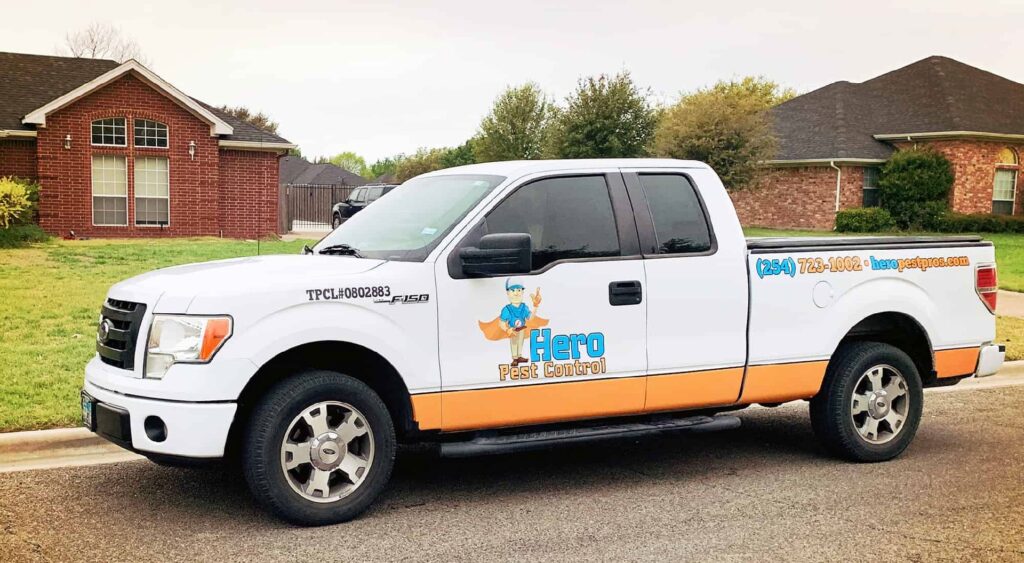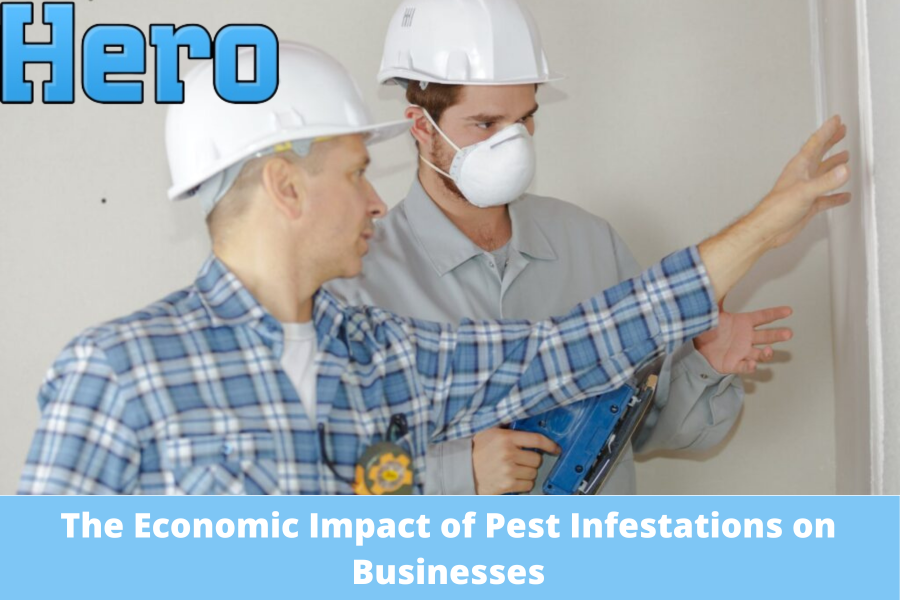Pest infestations pose significant challenges to businesses across various industries. From restaurants to manufacturing plants, pests like rodents, insects, and birds can wreak havoc on operations, leading to substantial economic losses. In addition to direct financial costs, such as property damage and inventory loss, businesses also face indirect expenses like damage to reputation and regulatory fines. However, implementing effective commercial pest control strategies can mitigate these risks and save businesses time and money.

What’s the Economic Impact of Pest Infestations?
Pest infestations can have far-reaching economic consequences for businesses. The most immediate impact is often felt in terms of property damage. Rodents, for example, can gnaw through wiring, insulation, and structural materials, leading to costly repairs. In a manufacturing setting, pests can cause the contamination of raw materials or finished products, which can result in significant financial losses.
Moreover, pests can compromise food safety standards in restaurants and grocery stores, leading to food spoilage and potential liability issues. In sectors like hospitality and retail, pests can tarnish a company’s reputation, resulting in decreased customer trust and a decline in revenue.
Beyond direct financial losses, businesses may also incur additional expenses related to regulatory compliance. Health and safety regulations require companies to maintain a pest-free environment, and failure to do so can result in fines and penalties.
Cost-Effective Solutions for Pest Management
While pest infestations can be costly, implementing cost-effective pest management solutions can help businesses minimize their economic impact. Here are some strategies to consider:
Prevention is Key
Pest infestations can be avoided by proactively sealing entry points, keeping your home clean, and managing garbage properly. Regular inspections of facilities can identify potential vulnerabilities and allow for early intervention.
Integrated Pest Management (IPM)
IPM is a comprehensive pest management strategy that incorporates sanitation, exclusion, and the targeted application of insecticides. By integrating various methods tailored to the business’s needs, IPM can effectively manage pests while minimizing environmental impact and reducing costs.
Employee Training and Awareness
Educating employees about the importance of pest management and providing training on identifying early signs of infestations can empower staff to take proactive measures. Encouraging a culture of cleanliness and vigilance can significantly contribute to pest prevention efforts.
Regular Monitoring and Maintenance
Routine inspections and maintenance schedules can help businesses detect pest problems early and address them promptly. Monitoring equipment like traps and bait stations can also be deliberately placed to catch pests before they become a significant problem.
Partnering with Professional Pest Control Services
While businesses can undertake many pest management activities internally, partnering with professional pest control services can provide expertise and specialized tools to address infestations effectively. Many pest control companies offer customizable service plans tailored to businesses’ unique needs and budget constraints.
Conclusion
Implementing preventative measures, such as regular inspections, employee training, and integrated pest management techniques, can mitigate risks associated with pest infestations. This safeguards businesses’ operations and reputations. However, partnering with professional pest control services like Hero Pest Control can provide businesses with the expertise and resources to manage pest issues effectively. With customizable service plans and a commitment to environmentally friendly solutions, we stand ready to help companies across industries safeguard their premises and bottom line.

